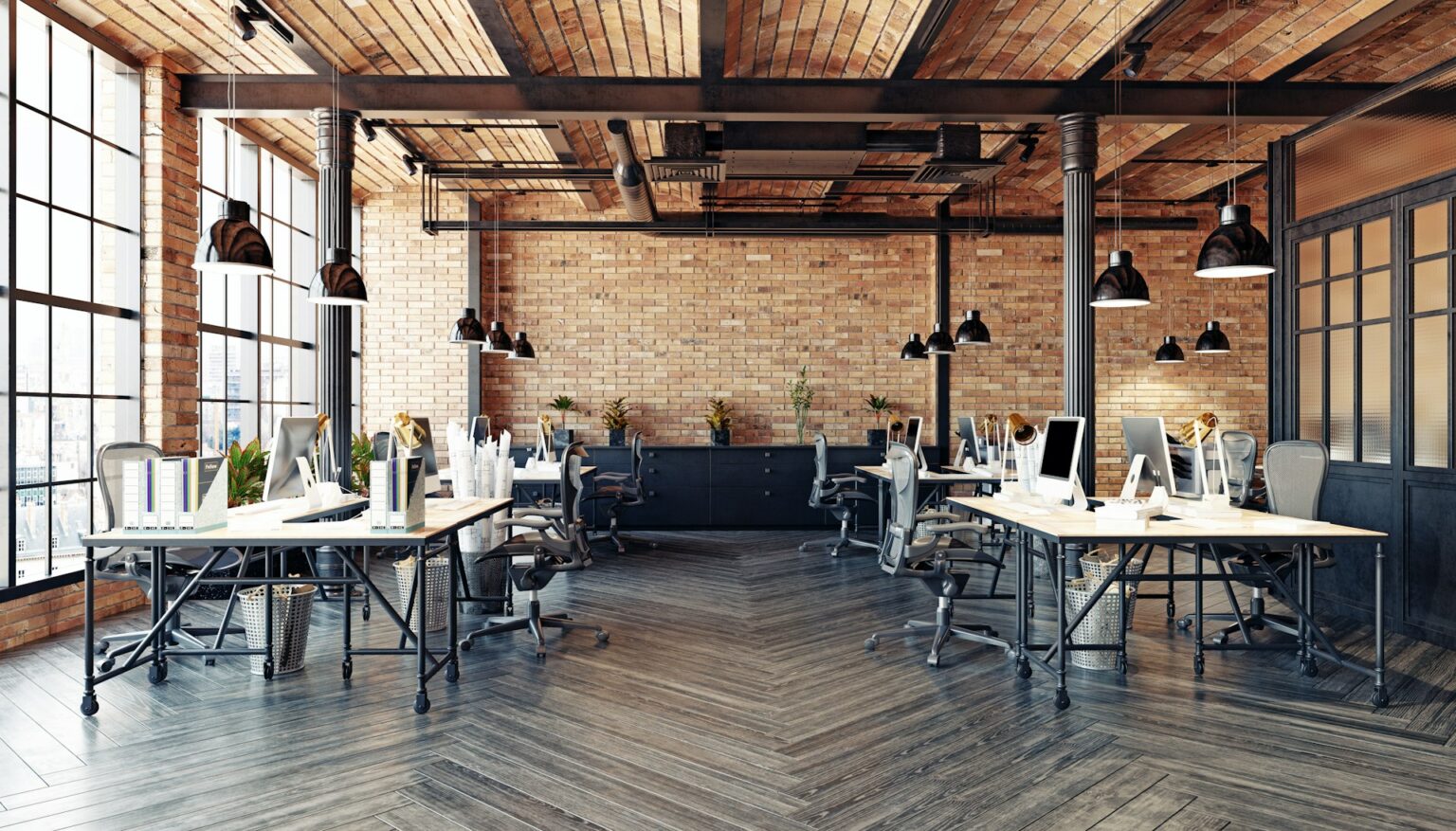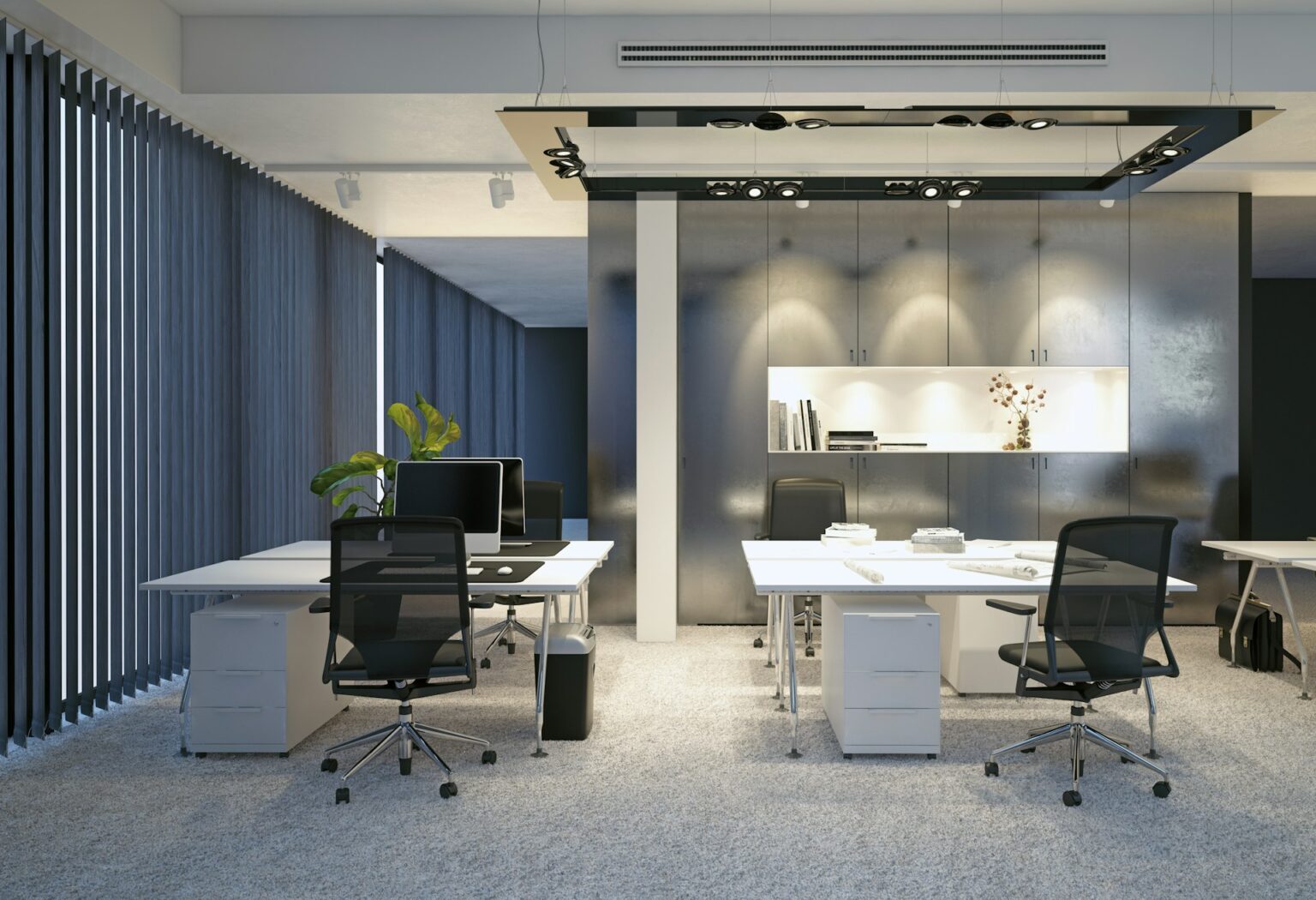Commercial tile floors are built for heavy use, but that doesn’t make them immune to issues. When tiles begin cracking or splitting, it’s more than just a cosmetic problem. These signs can point to something deeper going wrong, either with how the floor was put in or what’s happening underneath it. Once that surface breaks, bigger problems often follow, from safety risks to more expensive repairs.
In Omaha, the changing weather from hot summers to freezing winters adds another layer of stress on tile flooring. Storefronts, offices, and schools in the area can all see wear and tear speed up if the floor wasn’t built correctly or maintained along the way. It’s not uncommon for building owners to spot cracks and wonder what caused them and how fast they need to act. Let’s look at what’s going on when tile starts splitting, so problems don’t get worse down the road.
Improper Installation Techniques
When tile floors are installed, every step matters. If the prep isn’t done right or if shortcuts are taken, cracks can start showing up much sooner than expected. In many commercial spaces, rushed builds or inexperienced crews don’t always follow the right process, and the results show over time.
Here are a few of the most common installation mistakes that lead to cracked tiles:
1. Skipping or rushing surface prep
Laying tile directly on uneven or unclean floors is a setup for failure. Any bumps, dips, or debris left under the tile will eventually create pressure points, and that pressure turns into cracks.
2. Using the wrong adhesive or too little of it
Not all adhesives are made for every surface or tile type. Some need flexibility for temperature changes. If the wrong material is used or not enough of it, the tile loses its hold and shifts or lifts, leading to breakage.
3. Not accounting for movement or expansion
Floors stretch and shrink throughout the year, especially in a place like Omaha that sees both heat and frost. Without the right spacing or buffers built into the design, tiles can’t move with the floor. That strain puts stress right in the middle where it cracks.
Even if the surface looks great right after installation, these early missteps create weak spots that may not show until months later. For instance, an office hallway that was retiled over an unpatched crack may seem fine at first, but as foot traffic builds, tiles around that hidden flaw begin to shift. By the time someone notices a split or a loose tile, the damage could already be spreading.
Substrate Issues
The tile itself isn’t the only part of the system that can fail. What’s under the tile—the substrate—plays a huge role in how well the floor holds up. If this layer isn’t stable or flat, it doesn’t matter how carefully the tiles were installed. Cracks almost always follow some kind of movement below the surface.
Here’s how substrate problems show up:
1. Uneven or sloped surfaces
If the floor underneath isn’t leveled before tile goes on, pressure will collect in certain areas more than others. Over time, that imbalance forces some tiles to break.
2. Gaps or voids in the base
Hollow areas under tile, often from poor subfloor prep or patchy adhesive spread, remove the support tiles need to handle daily pressure. These spots feel slightly soft underfoot and will crack under heavier use.
3. Shifting or unstable underlayment
Sometimes the base beneath the tile isn’t secured well, or it moves with building shifts or temperature swings. In Omaha especially, older buildings with basements or crawlspaces can see slight settling, and any motion translates straight up into surface damage.
The problem with many substrate issues is that they don’t make noise or show obvious surface signs until damage is already done. One maintenance lead might report a strange vibration or an area that gives just slightly. A closer inspection sometimes shows a series of fine cracks spreading out. That pattern usually means the base isn’t solid anymore, an issue that’s tough to catch without regular inspections.
Between rushed installs and aged flooring systems, commercial tile faces a lot of risks if the layers underneath it aren’t built to carry the load. Fixing tile without checking the substrate often leads to a repeat problem soon after. Getting to the root of the issue matters just as much as patching what’s visible.
External Stressors That Affect Tile Floors
Even a properly installed tile floor with a solid base can still end up with cracks over time. That’s because outside conditions put stress on floors in ways that builders can’t fully control. In Omaha, the shift between humid summers and freezing winters can really put tile flooring to the test.
When temperatures change quickly, everything expands or contracts, even your flooring. Tile doesn’t flex much, so it reacts to these changes by cracking if there’s no wiggle room built into the design. Moisture is another big issue. When water gets between the tiles or underneath, it softens the support layers. Over time, that causes parts of the floor to become uneven or loose.
Physical impact is another common cause of damage. It doesn’t take a heavy machine for damage to happen. Even something as simple as dropping a full box off a cart or dragging furniture the wrong way can chip or crack tiles. In commercial spaces, these everyday accidents can’t always be avoided, but the damage adds up.
Other stressors that gradually wear down tile include:
– High foot traffic, especially in hallways or entryways
– Rolling loads like carts, hand trucks, or office chairs
– Cleaning equipment applying repeated vibration or pressure
– Heavy objects placed directly on weak areas of the floor
One Omaha business owner noticed hairline cracks appearing near the back entry of their store. After checking with a flooring specialist, they realized moisture from snow runoff and constant box deliveries were taking a toll on that section. These conditions might seem harmless at first, but without changes or repairs, the damage can grow quickly.
When The Tile Itself Fails
Sometimes, it’s not the way the floor was installed or the conditions around it. It’s the tile itself. Low-quality or mismatched tile material has a much higher chance of breaking, especially under stress. This is a bigger risk in commercial settings where floors need to stand up to daily hard use.
Not all tile is made the same. Some are better suited for walls or light foot traffic, while others are built for heavy-duty flooring. Using the wrong type in the wrong spot almost guarantees a shorter life span. Places like entryways, kitchens, or public restrooms need strong materials that can handle moisture and pressure.
Common signs that poor-quality tile is part of the problem:
– Visible warping or uneven surface finish
– Chips and breaks showing up soon after install
– Discoloration or pitting without heavy use
– Lack of consistency between tiles in the same area
Low-grade tile might look fine on day one, but things can quickly change under pressure. In Omaha’s commercial buildings, where tile floors see snow, grit, and foot traffic, strong materials are key. When builders or project managers choose tiles based on cost or appearance over quality and performance, the entire flooring system pays the price later on.
Simple Moves That Help Maintain Commercial Tile Floors
Even the best floors need care to last. Maintenance isn’t always about scrubbing and cleaning. It’s about catching small problems before they grow. Regular checks and smart habits go a long way toward keeping commercial tile floors strong and safe.
A few steps to reduce the chances of cracks or splits:
– Inspect floors at least once every season for signs of loose grout, raised tile edges, or fine cracking
– Make sure mats or rugs are placed near entrances during snow or rain seasons to stop moisture from spreading
– Avoid using hard rubber wheels or dragging furniture directly across the tile
– Train staff to notice early changes in the floor’s surface so it doesn’t go overlooked until damage gets worse
– Use the right cleaning tools and avoid overloading sections with heavy equipment
Tile floors aren’t totally maintenance free, but the little efforts add up. If a problem is caught early, a local adjustment or repair can protect the entire area. Waiting too long could mean replacing whole sections, and nobody wants to deal with that kind of interruption.
Keep Your Tile Floors Strong and Reliable
Tile cracks happen for more than one reason. While it may look like a small issue on the surface, the cause often starts months earlier during installation or deep under the first layer of material. Whether it’s poor prep work, weak tiles, or just the impact of daily use, these problems don’t fix themselves.
For properties in Omaha, keeping tile floors in shape means understanding what they go through every day. From weather shifts to cleaning machines and foot traffic, these floors do a lot. Paying attention to materials, installation methods, and routine care can make a big difference in how long they last and how good they look doing it.
Keep your floors looking their best and avoid potential pitfalls by choosing expert help for tile flooring installation in Omaha. Trust Floors Inc. to provide high-quality service and durable results, ensuring your commercial space stays safe and stylish. For more details on how we can assist, explore our comprehensive offerings and safeguard your investment.


